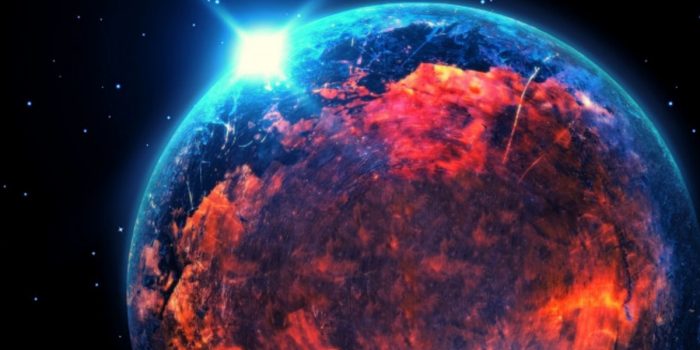Scientists and researchers have been working to figure out the origin of planets and how new ones can be formed to support life. There is one planet that has intrigued them, but they could not have concrete information on it. It is mercury. A new model suggests that mercury was related to earth and Venus when it came into being.
Mercury has quite a small mass, comparably isolated orbit, and no planets in between it and the sun. The sun has a lot of bodies of planetary accretion. Accretion is the process by which gaseous particles and rocky bodies of vastly varying size leftover from a star’s formation slowly gather into entire planets. Mercury doesn’t have any common characteristics of accretion with other bodies.
It has been hinted previously that “if massive embryos (or even giant planet cores) formed early in the innermost parts of the sun’s gaseous disk, they would have migrated outward,” according to the study.
It is also said that the larger planetary bodies outside our solar system orbiting far closer to their sun-like stars than Mercury does to ours might have escaped their original sun-adjacent positions and drifted outward. “This migration may have reshaped the surface density profile of terrestrial planet-forming material and generated conditions favorable to the formation of Mercury-like planets.”
The scientists, from the Carnegie Institution for Science’s Earth and Planet’s Laboratory, and at France’s Laboratoire d’Astrophysique de Bordeaux, of the University of Bordeauxstate that this is the best explanation of the origin of Mercury. Also, Venus and Earth are the reason why Mercury is so hot. “We favor a scenario where Earth and Venus’ progenitor nuclei form closer to the sun and subsequently sculpt the Mercury-forming region by migrating towards their modern orbits.”

It is believed that Earth and Venus swept up dry “Enstatite Chondrite-like material” on their way out from the extreme inner region of the solar system to their present-day positions. This suggests that Venus’ composition should be a lot like Earth’s.
It is concluded that if there are stars like ours out in the galaxy, and they have a tiny, low-mass planet orbiting within a similar radial distance to its host star, they may have been created when an Earth-like planet traveled to a more habitable region. Sometimes, it can also support life.


